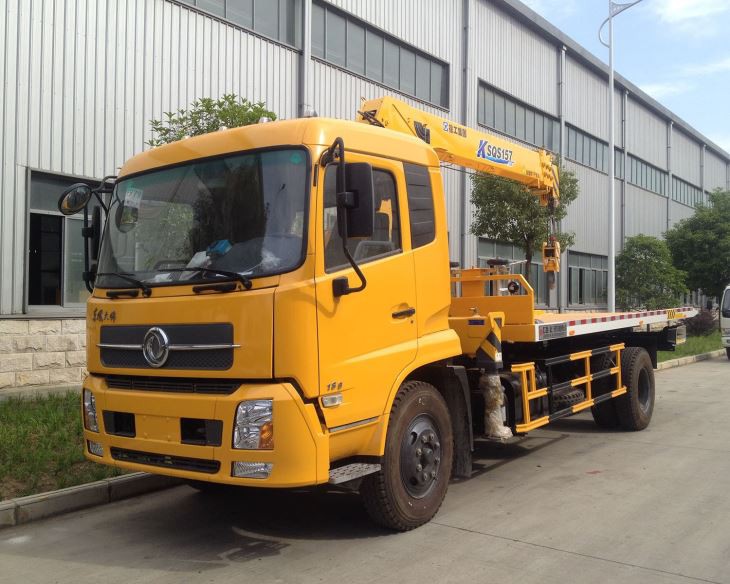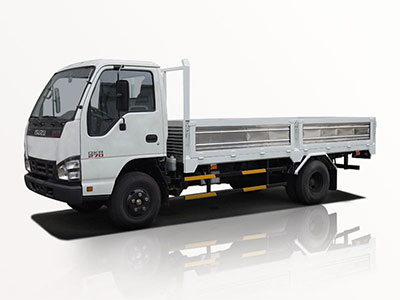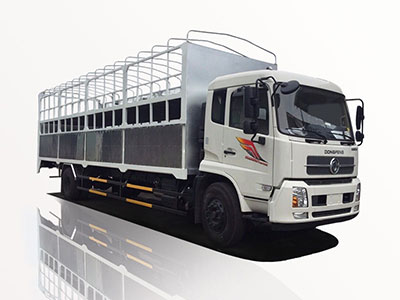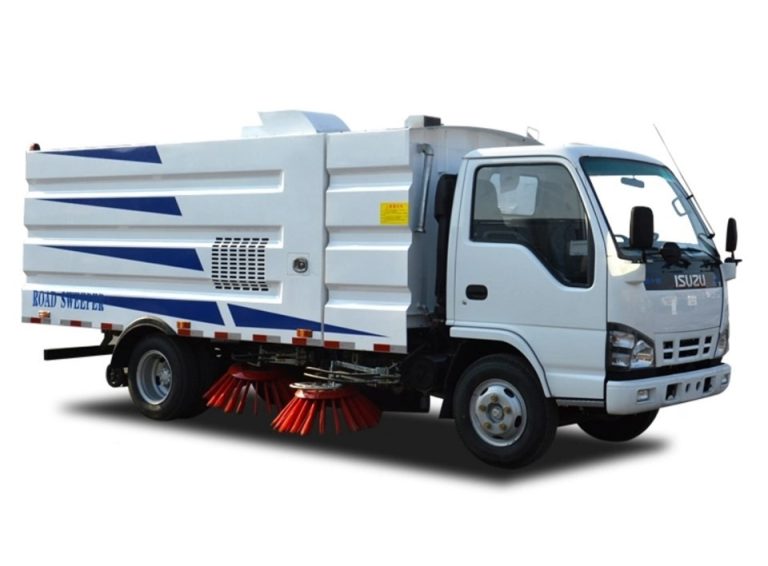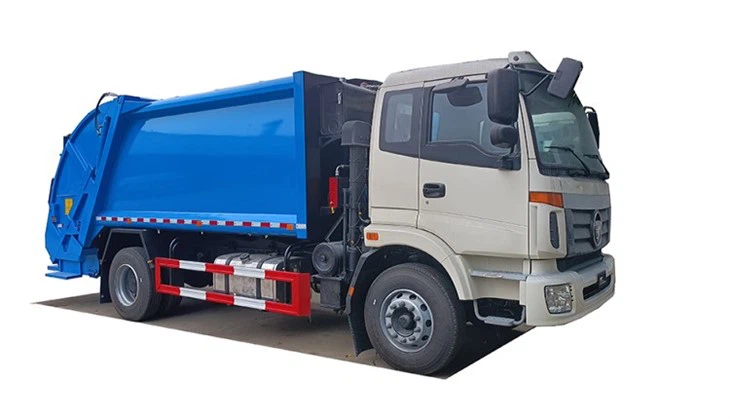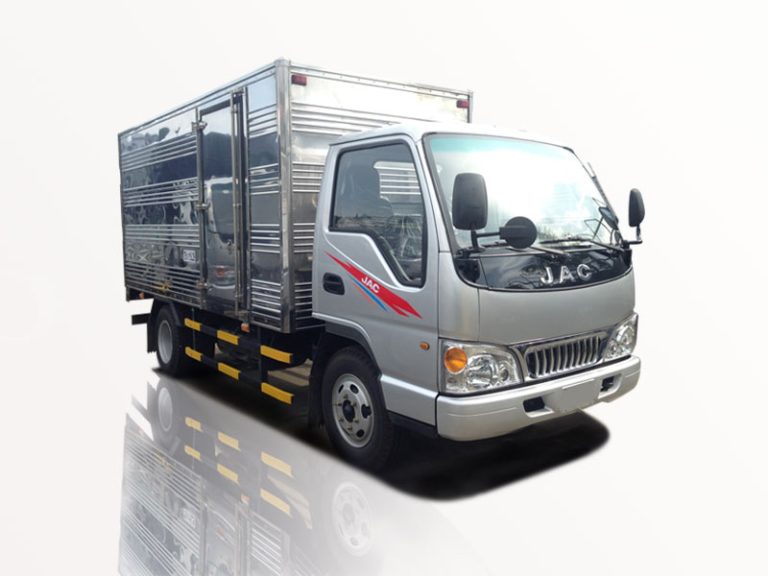Waste management is an essential aspect of urban living, and garbage trucks play a crucial role in keeping our cities clean. One of the most critical components of a garbage truck is the hopper. In this article, we will explore everything you need to know about the garbage truck hopper, its functionalities, benefits, design features, maintenance requirements, and more. This comprehensive guide will serve as a valuable resource for anyone interested in waste management systems or those curious about the inner workings of garbage trucks.
What is a Garbage Truck Hopper?
A garbage truck hopper is a large, open container mounted on the front or back of a garbage truck designed to collect and transport waste. It is often equipped with mechanisms that facilitate the efficient loading and unloading of solid waste. The hopper is the first stage of the waste collection process, playing a pivotal role in how efficiently a garbage truck operates.
Key Functions of the Garbage Truck Hopper
- Waste Collection: The primary purpose of the hopper is to collect garbage from residential and commercial areas.
- Storage: The hopper serves as a temporary storage space for collected waste before it is transported to a landfill or recycling facility.
- Compaction: Many hoppers are designed with compaction features that help reduce the volume of waste, allowing for more efficient transportation.
Design Features of a Garbage Truck Hopper
The design of a garbage truck hopper is tailored to optimize waste collection. Here are some core design features:
Size and Capacity
Hoppers come in various sizes based on the type of garbage truck and its intended use. Residential garbage trucks typically have smaller hoppers compared to commercial or industrial trucks.
Material
Garbage truck hoppers are mostly made from durable materials like steel or high-density polyethylene, which can withstand the wear and tear associated with waste collection.
Compaction Mechanism
Most modern hoppers include compaction systems that compress waste, increasing the hopper’s capacity and reducing the number of trips required to empty it.
Types of Compaction Mechanisms
| Type | Description |
|---|---|
| Hydraulic Compactor | Uses hydraulic pressure to compress waste and is commonly found in commercial garbage trucks. |
| Pneumatic Compactor | Utilizes air pressure and is typically lighter and preferable for smaller trucks. |
| Mechanical Compactor | Employs gears and levers to crush waste and is used in various garbage truck designs. |
Benefits of Garbage Truck Hoppers
The hopper design offers numerous benefits for waste management operations:
Enhanced Efficiency
With compaction capabilities, hoppers can carry more waste, reducing the frequency of trips to disposal sites and saving time and fuel.
Improved Safety
The design minimizes spillage during collection, reducing hazards associated with loose trash on roadways.
Environmental Impact
The reduction in trips due to increased capacity not only saves resources but also decreases the overall carbon footprint associated with waste collection.
Maintenance of Garbage Truck Hoppers
Regular maintenance is essential for keeping the garbage truck hopper in optimal working condition. Here are some tips:
Regular Inspections
Conduct routine checks to identify any wear and tear or damage to the hopper. This includes checking for leaks, cracks, and wear on compaction mechanisms.
Cleaning
It is crucial to clean the hopper regularly to prevent odors and vermin accumulation. A clean hopper also promotes efficient operation.
Lubrication
Keep all moving parts well-lubricated to ensure the compaction mechanism operates smoothly. Insufficient lubrication can lead to faster wear and mechanical failure.
Real-World Applications of Garbage Truck Hoppers
Understanding how garbage truck hoppers work in various settings can provide insights into their importance in waste management.
Residential Waste Collection
In residential areas, hoppers are often fitted to automated garbage trucks that use hydraulic arms to lift bins. These hoppers allow efficient collection of household waste with minimal manual intervention.
Commercial Waste Management
Commercial waste collection typically involves larger hoppers that can handle substantial volumes of waste generated by businesses. They may utilize advanced compaction mechanisms for better efficiency.
Example: City of San Francisco
San Francisco has implemented state-of-the-art garbage trucks with specialized hoppers to manage its municipal solid waste efficiently. The city’s focus on recycling also influences hopper designs, promoting separation and easier processing of different waste types.
Future Trends in Garbage Truck Hopper Design
As technology advances, so do garbage truck hoppers. Here are some future trends to watch:
Smart Hoppers
The integration of smart technology can facilitate real-time monitoring of waste levels, optimizing collection routes and schedules to improve efficiency and reduce operational costs.
Sustainable Materials
Future hoppers may utilize eco-friendly materials that are lightweight but durable, further minimizing their environmental impact during production and operation.
Conclusion
The garbage truck hopper is vital to modern waste management systems, enabling effective waste collection while enhancing environmental sustainability. As the industry evolves, hopper innovations will likely contribute to more efficient and responsible waste management practices.
Frequently Asked Questions (FAQ)
1. What is the average capacity of a garbage truck hopper?
The average capacity of a garbage truck hopper ranges from 10 to 30 cubic yards, depending on the truck type and design.
2. How does a compaction mechanism work?
A compaction mechanism uses hydraulic or mechanical processes to compress waste, allowing more waste to fit into the hopper and reducing the number of trips required for disposal.
3. What materials are used to manufacture garbage truck hoppers?
Garbage truck hoppers are typically made from durable materials like steel or high-density polyethylene to withstand harsh conditions and heavy loads.
4. How often does a garbage truck hopper need maintenance?
Regular inspections should be conducted daily or weekly, while in-depth maintenance, including cleaning and lubrication, is recommended monthly or quarterly, depending on usage.
5. Can garbage truck hoppers be retrofitted with new technology?
Yes, older hoppers can often be retrofitted with newer compaction mechanisms, smart sensors, and other technologies to improve efficiency and functionality.
6. What is the environmental impact of garbage truck hoppers?
Modern garbage truck hoppers contribute to reducing the environmental impact by compacting waste, minimizing trips to landfills, and promoting proper waste management practices.
